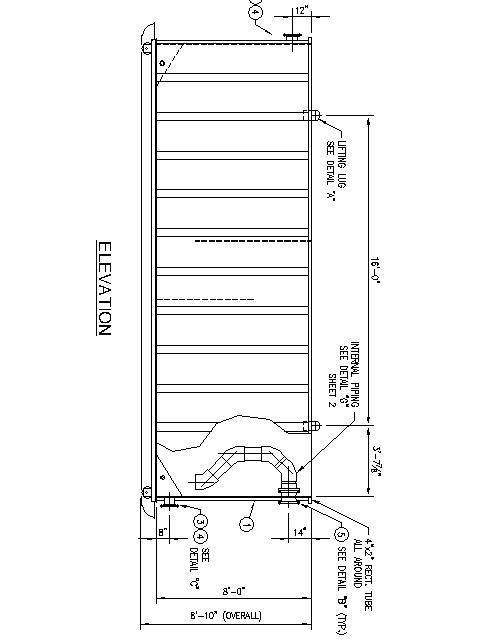jkate
Mechanical
- Nov 5, 2011
- 66
I have a rectangular water tank with weir plates inside. Water flows into the tank at "X" gpm through an inlet nozzle. Water flows under the first weir then over the top of the second weir and then exits the tank through and outlet nozzle. I would like to maintain the level in the tank at 12" down from the top edge of the tank. The inlet and outlet connections are both located toward the top of the tank. I'm trying to determine the proper location (height) of the inlet and outlet connections so that when flow stops, water doesn't back siphon out through the inlet connection. Is there a formula that will calculate how high the water will rise inside the effluent nozzle as it starts to flow out of the tank? I'm thinking wherever that water level is, will be the operating level of the tank. To prevent the back siphoning, the inlet nozzle should be a few inches above that water level. Can someone give me a little guidance with this? Much appreciated.


